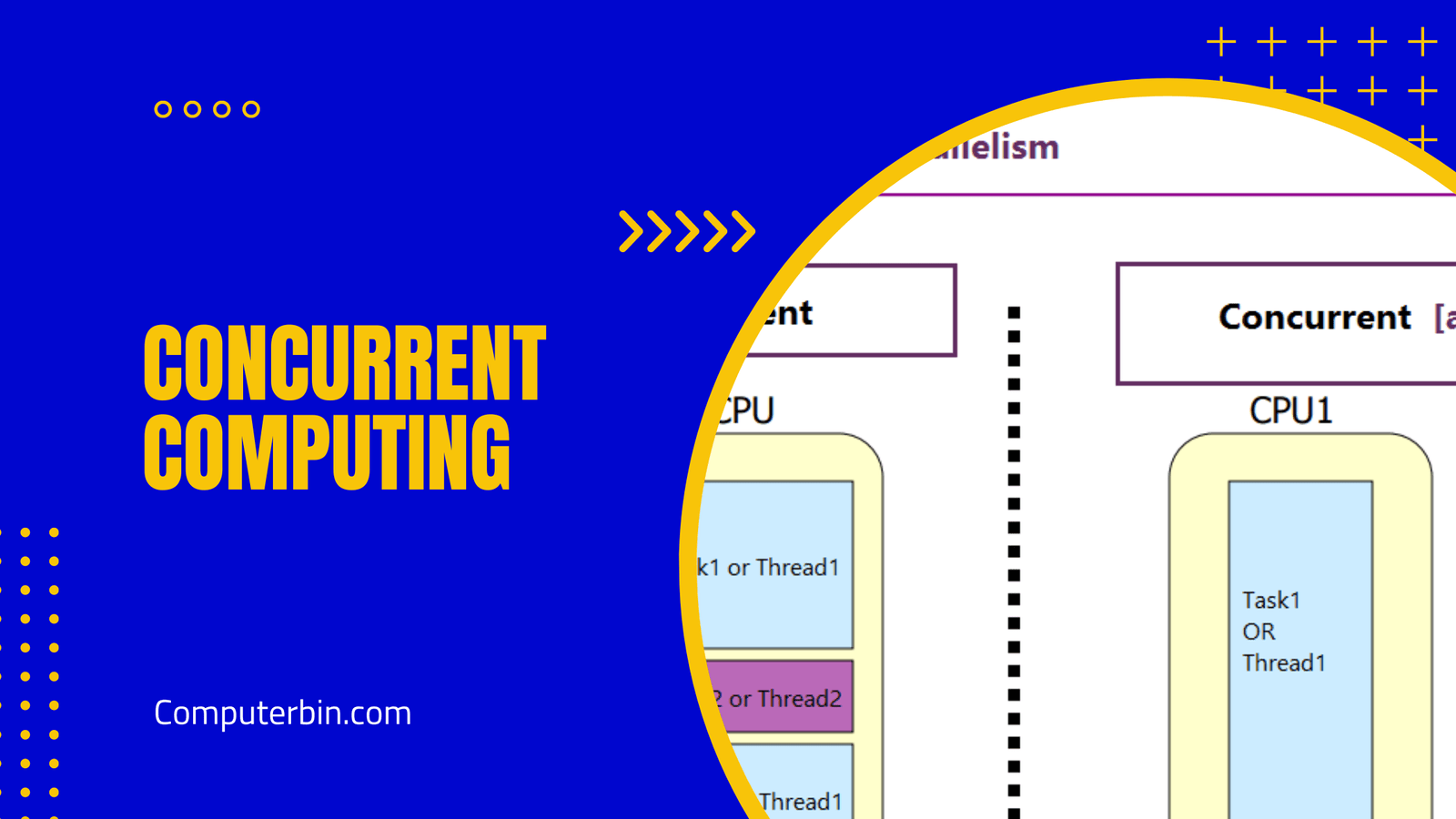In 1985, Intel introduced the 80386 microprocessor (also referred to as 386 or i386). This replaced the 80286 and was the first microprocessor with a 32-bit architecture, enabling it to handle more complex tasks and data volumes with ease.
One of the distinguishing features of the 386 was its support for virtual memory, which gave processors access to more memory than was physically available on their computers. This was accomplished by turning part of hard drive into virtual memory that could be accessed just like real physical memory could.
In addition, the 386 was the first microprocessor to support multitasking – running multiple programs simultaneously. This was accomplished by allocating processor time among all programs so they could all run concurrently.
Along with these features, the 386 also had a larger instruction set that enabled it to handle more complex instructions and complete various tasks more quickly and efficiently than its predecessor, the 80286.
In general, the 80386 marked an important advancement in microprocessor technology and opened the door for later, more powerful processors such as the 80486 and Pentium. In the late 1980s and early 1990s, it became widely used in computers and other devices – cementing its place as one of computer history’s major milestones.





